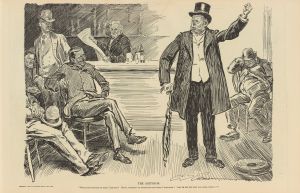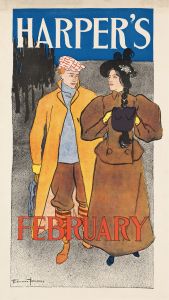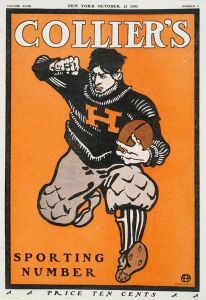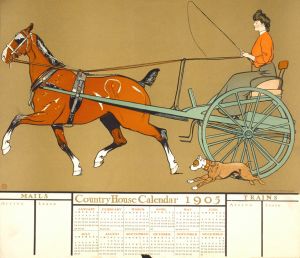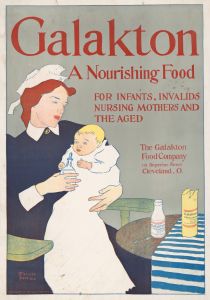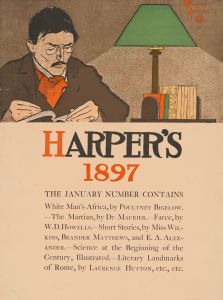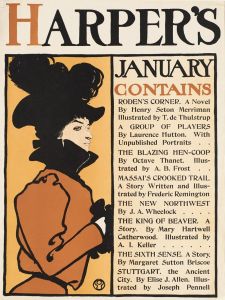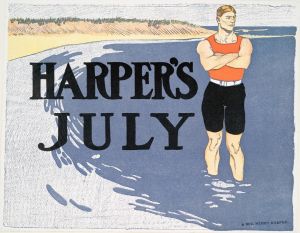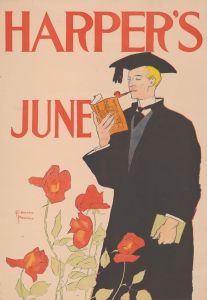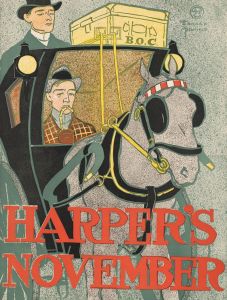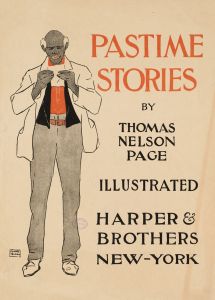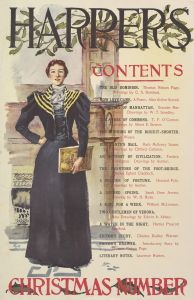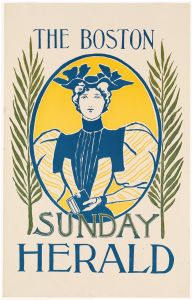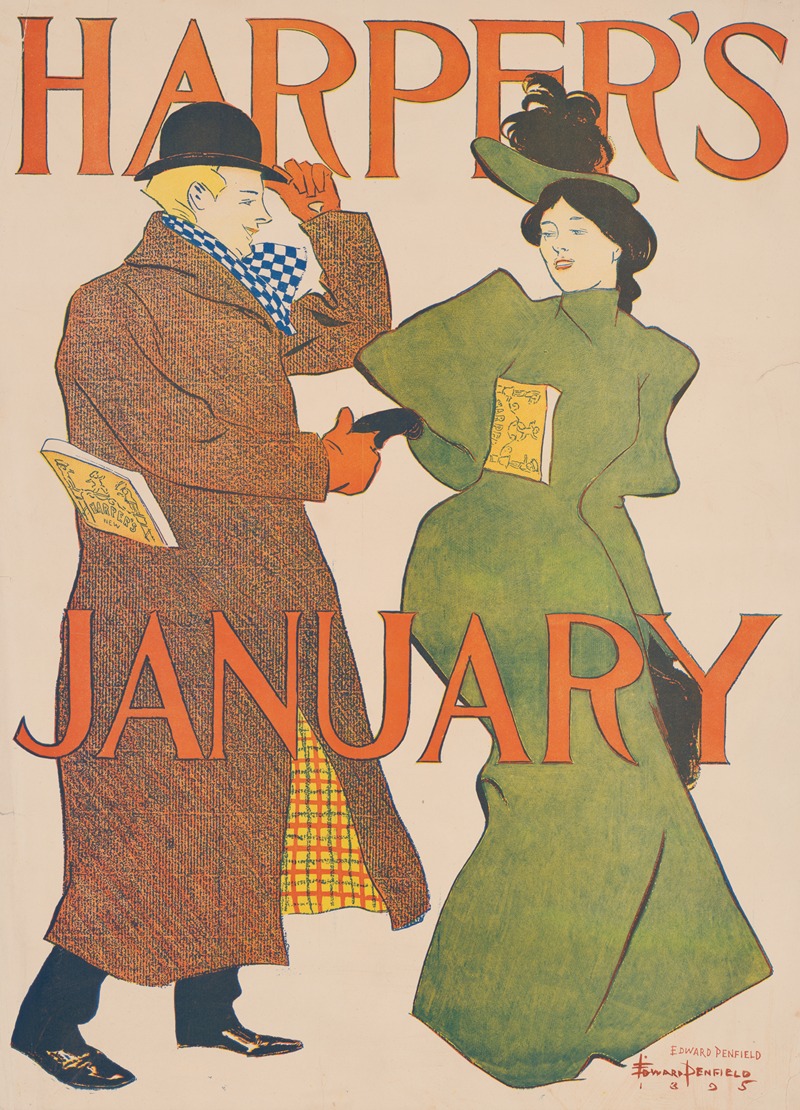
Harper’s January
A hand-painted replica of Edward Penfield’s masterpiece Harper’s January, meticulously crafted by professional artists to capture the true essence of the original. Each piece is created with museum-quality canvas and rare mineral pigments, carefully painted by experienced artists with delicate brushstrokes and rich, layered colors to perfectly recreate the texture of the original artwork. Unlike machine-printed reproductions, this hand-painted version brings the painting to life, infused with the artist’s emotions and skill in every stroke. Whether for personal collection or home decoration, it instantly elevates the artistic atmosphere of any space.
Edward Penfield was an influential American illustrator and a key figure in the development of graphic design in the late 19th and early 20th centuries. He is best known for his work as an art director for Harper's Magazine, where he created a series of monthly cover illustrations that became iconic in the world of American illustration. One of his notable works is "Harper’s January," which exemplifies his distinctive style and contribution to the art of poster design.
"Harper’s January" is part of a series of covers Penfield designed for Harper's Magazine during his tenure from 1893 to 1899. These covers were instrumental in establishing the visual identity of the magazine and are celebrated for their artistic quality and innovative approach to graphic design. Penfield's work is characterized by its bold use of color, simplified forms, and clear, strong lines, which were influenced by the Art Nouveau movement and the poster art of the time.
In "Harper’s January," Penfield employs a limited color palette, which was typical of his style, to create a striking and memorable image. The illustration often features a central figure or scene that captures the essence of the month or season it represents. Penfield's covers were not only visually appealing but also served as effective marketing tools, drawing readers' attention and enhancing the magazine's appeal on newsstands.
Penfield's approach to illustration was innovative for its time. He understood the importance of visual communication and the power of imagery in advertising and publication design. His work on Harper's covers is often credited with helping to elevate the status of illustration as a legitimate art form, bridging the gap between fine art and commercial art. This was a significant contribution during a period when the role of the illustrator was evolving, and the boundaries between different art forms were becoming more fluid.
The impact of Penfield's work extended beyond Harper's Magazine. His style influenced a generation of illustrators and graphic designers, and his contributions to the field are still recognized today. Penfield's covers are considered early examples of American poster art, and they played a role in the broader poster movement that was gaining momentum in Europe and the United States at the time.
Edward Penfield's legacy as an illustrator and designer is marked by his ability to blend artistic creativity with commercial appeal. His work on "Harper’s January" and other covers for Harper's Magazine remains a testament to his skill and vision, reflecting the cultural and artistic trends of his era. Today, his illustrations are appreciated not only for their aesthetic qualities but also for their historical significance in the evolution of graphic design and illustration.





